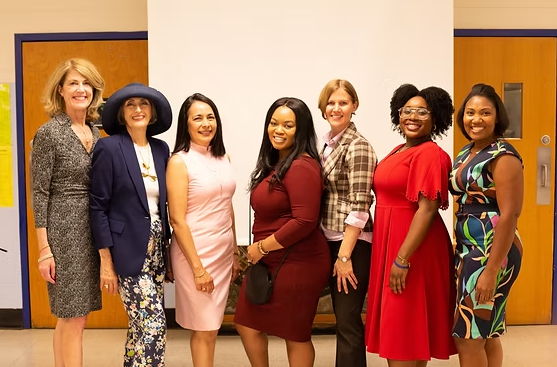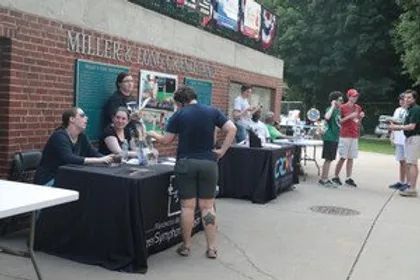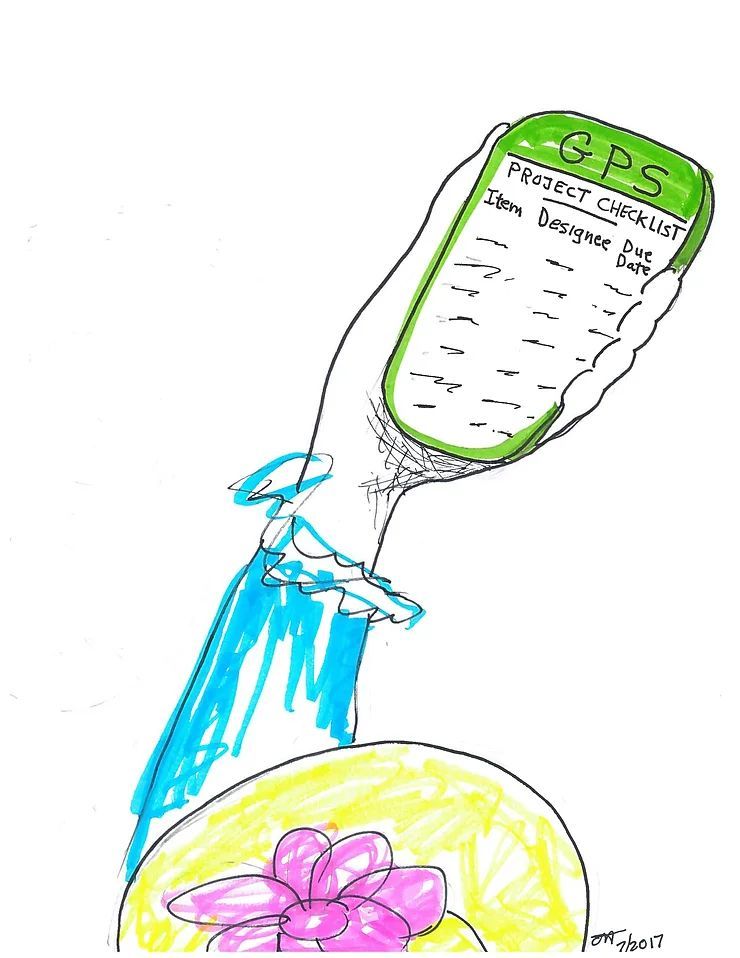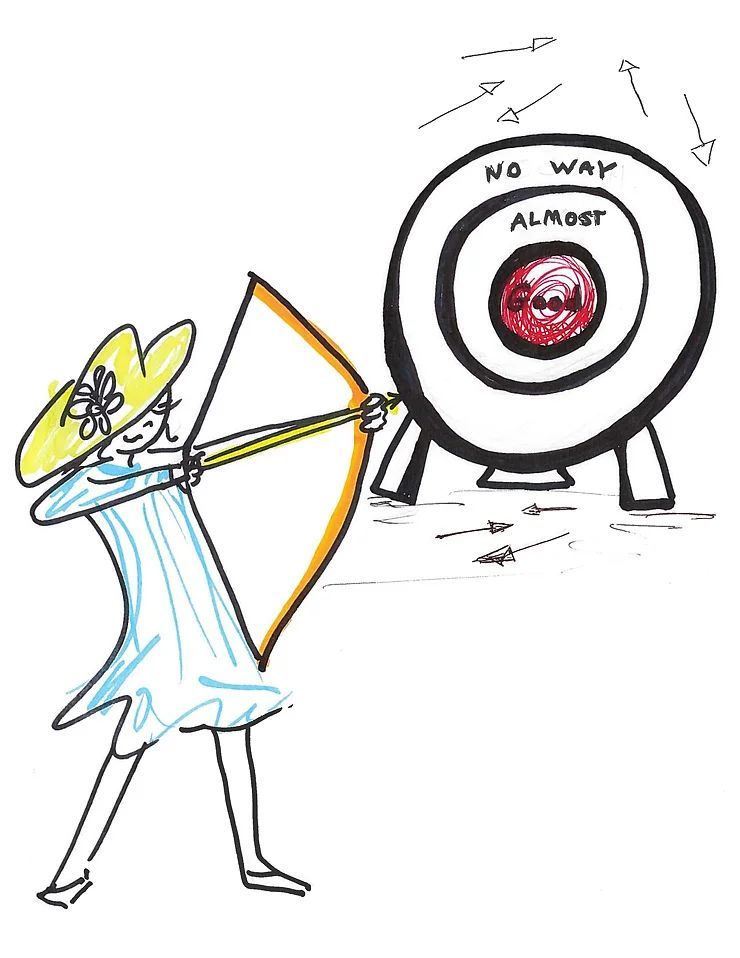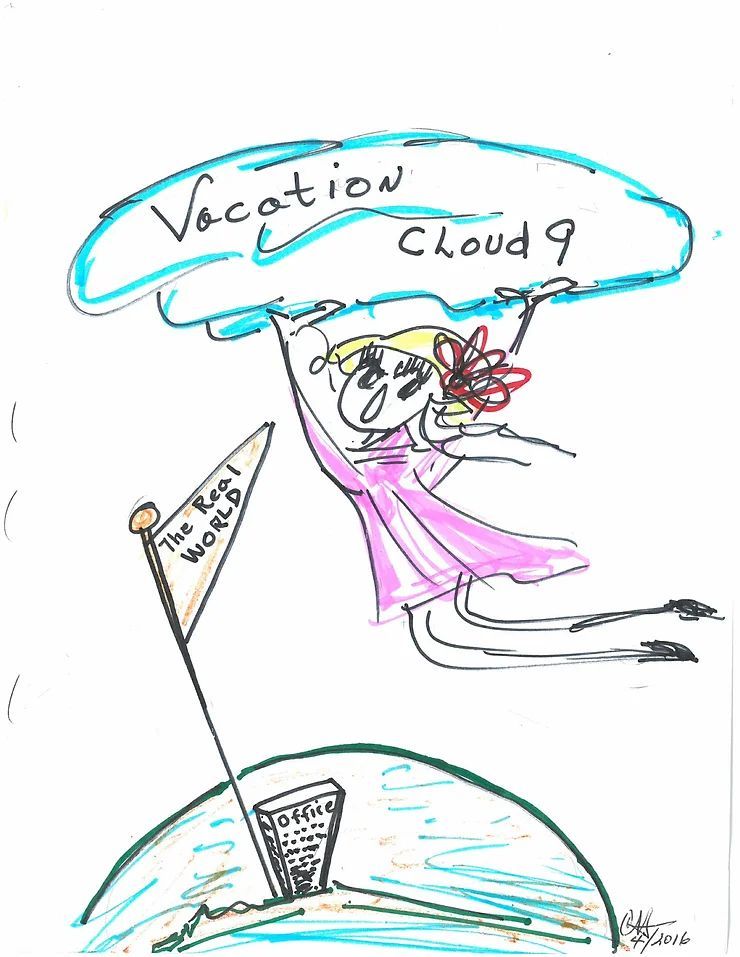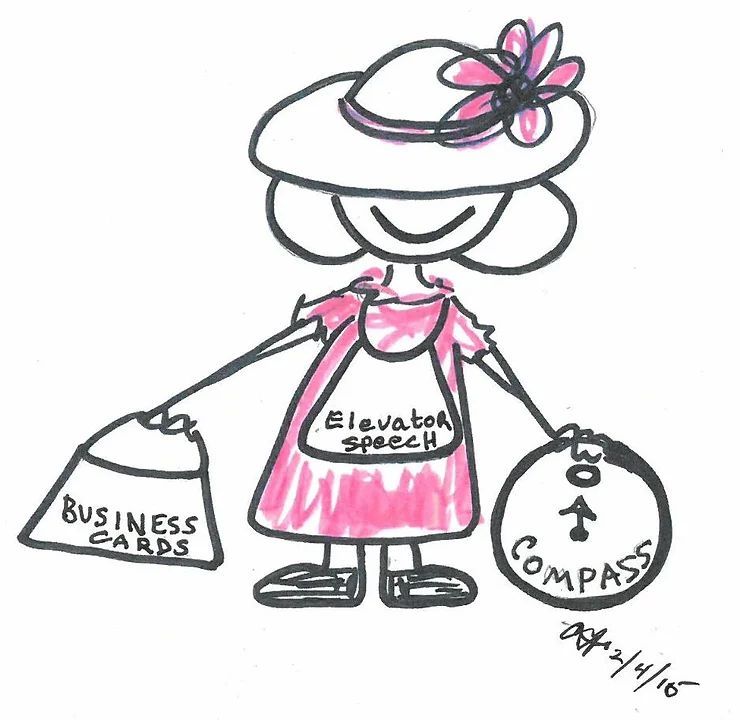
1. Practice your very best smile.
Remember: You are the face of your organization. First impressions do count! You must present an open, congenial, friendly persona. A smile is an easy place to start for everyone!
When you enter an event, look around for a person or two that you don’t know. [You can always talk with the people you know later!] Put on your smile, take the initiative, and introduce yourself.
An important tip: Place your nametag on the right side so that when you shake hands with someone, it’s in his/her line of sight.
2. Clean your ears.
Too many of us are so eager to talk, that we start conversations without knowing anything about whom we are addressing!
After approaching someone and exchanging names, ask a question that solicits information from them. Follow with other questions so that you can understand where they are coming from. It is then that you can better fit your information into the conversation in a more meaningful way. Remember: You are always looking to connect in a meaningful way.
3. Tweak your organization's elevator speech for the specific occasion.
An elevator speech is part of the organization's basic toolkit, right after its mission statement, goals, objectives and strategic plan. It is the summary talking point for everyone in the organization to speak with one voice.
The elevator speech should be second nature to you and roll off your lips at any appropriate time. It should be revisited and updated as required.
4. Bring plenty of business cards.
The purpose of a business card is to reinforce a positive connection with another person. Remember: The first impression is you personally. If you feel you've made that positive connection, tell the person that you would like to follow up with them (send them information, invite to an event, etc.) and ask for their card first. Then give yours. [Keep a few cards in a convenient pocket.]
Note: A second convenient use of a business card is to drop it into the fishbowl if they’re collecting for a door prize!
5. Set your networking compass to "O" for Opportunity!
Although events are obvious opportunities for network connections, there are other opportunities around you every day.
Some are happenstance, such as being invited by your friend to supper to meet the new neighbors; you might join a group at your place of worship, or meet the parents of your children’s friends, etc.
Other opportunities you have to seek out because they are beyond your normal every day professional and social activities, such as visits to service organizations ( Rotary, Kawanis, etc.), or membership organizations (Chamber of Commerce, etc.).

